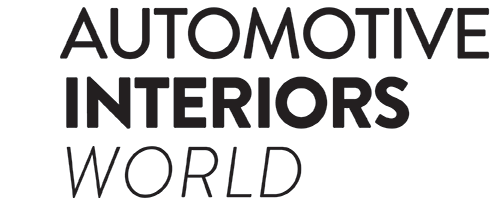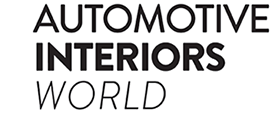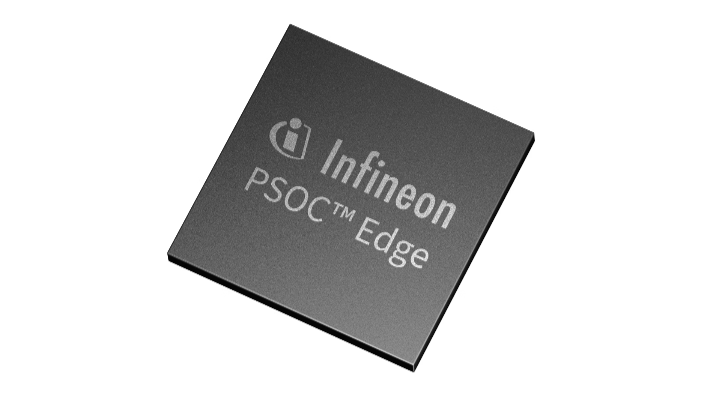Qt Group has announced it will bring its graphics framework, Qt for MCUs, to Infineon’s latest microcontroller, the PSOC Edge. The goal is to help developers more quickly build and deploy powerful consumer AI devices at the edge.
Through the partnership, Qt for MCUs will be integrated with Infineon’s hardware as the underlying GUI framework, enabling product developers to create high-quality, responsive user interfaces even with limited computing resources.
This new partnership leverages recent microcontroller innovation – including for IoT, automotive and industrial applications – and applies it to many new use cases outside of safety-critical sectors.
Modern microcontrollers are tiny, cost-effective, standalone computer platforms with rich graphical capabilities. They are often used for applications that need near-instant boot-up, compact design, power savings and continuous real-time processing. For AI-heavy devices at the edge, achieving great performance on devices with limited processing power, memory and storage is more important than ever.
The PSOC Edge microcontroller is designed for AI-enabled consumer products that demand both intelligence and seamless user interaction. By integrating Qt for MCUs directly into the Infineon software ecosystem, device makers can more easily access and deploy Qt’s microcontroller-specific solutions to deliver fluid user interfaces on a low memory footprint, with shorter time to market.
The combined solution is well-suited for a wide range of innovative edge AI consumer products. These include next-generation synchronized HMIs that integrate advanced touch graphics with voice and gesture control.
Qt for MCUs will be included as part of the Infineon PSOC Edge offering, fully integrated and production-ready. Through this partnership, developers gain access to the complete suite of Qt Group’s design-to-development tools – including Figma to Qt, Qt Design Studio and Qt Creator – along with Qt Group’s Quality Assurance solutions, such as Squish for automated GUI testing. Additionally, integration with Infineon’s ModusToolbox framework enables rapid deployment and streamlined debugging of Qt applications on PSOC Edge.
“Any successful product demands a fluid and intuitive UI/UX,” said Juhapekka Niemi, senior vice president, Qt Group. “This has always been true for embedded devices, but now with AI in the mix, the need for speed and efficiency in these powerful but portable devices is even more critical. AI needs a rich UI/UX that feels performant and enjoyable to the user. That’s where Qt complements edge AI devices well. We have already shown that our technology can work in virtually any industry, on any device.”
“At Infineon, we’re committed to empowering next-generation embedded systems with advanced AI and rich graphics,” said Bill Krakar, senior director of product marketing microcontrollers at Infineon Technologies. “Our collaboration with Qt for MCUs brings a best-in-class UI framework to PSOC Edge, enabling developers to create high-performance, visually compelling user interfaces on energy-efficient devices. This partnership ensures that customers can deliver premium experiences without compromising power, security, or real-time responsiveness.”
In related news, Ottawa Infotainment teams up with VicOne to enhance cybersecurity in its DragonFire OS



